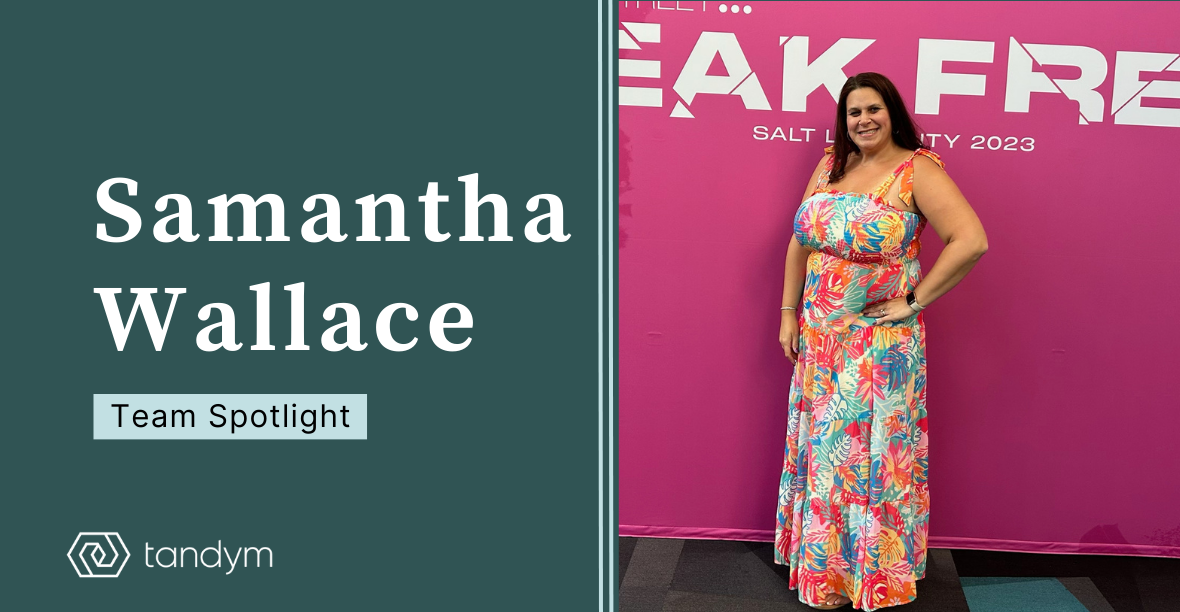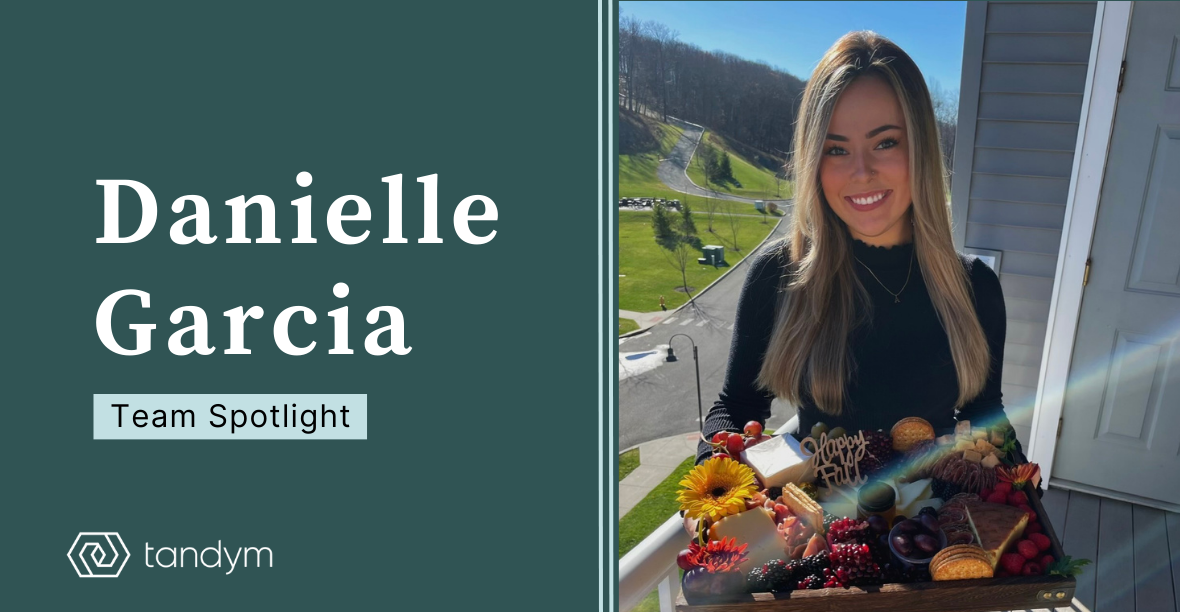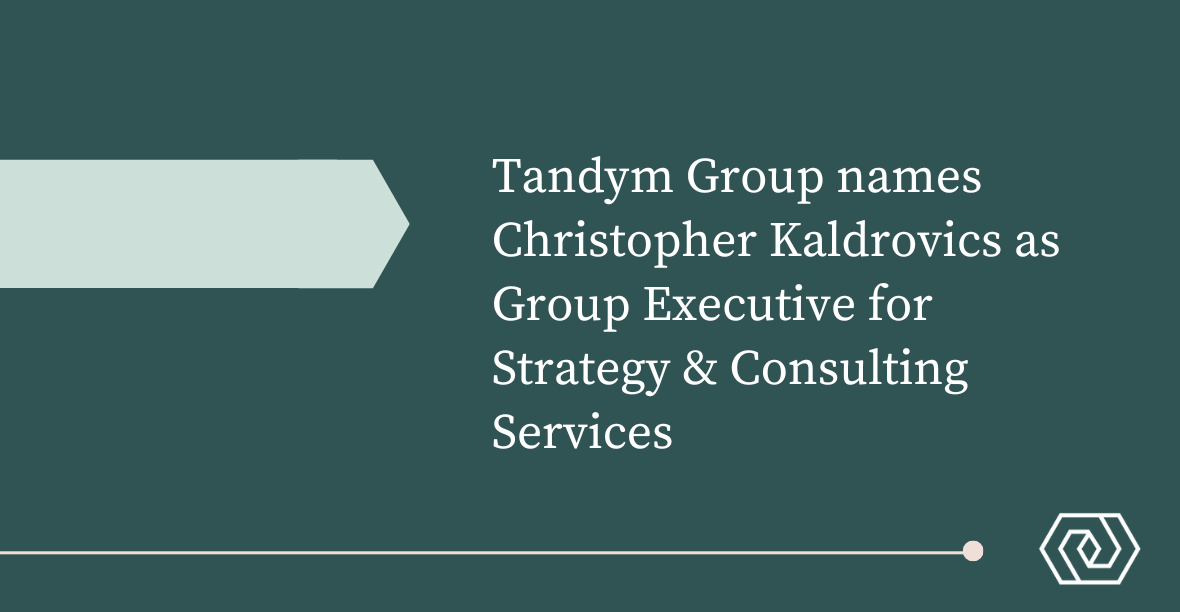Stephanie
As part of Better Speech & Hearing Month, ES Healthcare is spotlighting telepractice and how this therapy model can be an effective way for practitioners to deliver speech and language treatment via technology. In the first part of this feature, the team outlined some resources and tools for creating and adapting therapy materials for telepractice. If you are just getting started in telepractice, you might find it especially helpful. Check it out here.
In this part, we will hear from a practitioner we work very closely with—Alexa Kane, M.A., CCC-SLP, TSSLD. Alexa recently got her start with telepractice when the COVID-19 pandemic hit New York. Recognizing that this was the best way to meet her clients’ needs, she quickly adapted to the virtual model and has had a very positive experience. Continue reading to learn more about Alexa and her transition to telepractice!
What settings have you worked in, and what types of patients have you treated?
Through my few short years in this field, I have had the opportunity to work with various populations in the Speech and Language community. My first experiences began when I attended the St. John’s University graduate program. There, I had the opportunity to work in both the medical and school environment, as well as private practice settings. Being able to be hands-on in such vastly different settings helped me narrow down what I wanted to specialize in as a Speech Language Pathologist.
After working closely with these various populations, I realized that there was something that drew me back to children with Autism. These children see the world in a different way. I have learned from them and I have seen life through a whole new lens because of them. These children move at their own pace; and being able to provide services and watch them make progress towards their goals—whether big or small—is an exciting challenge for me.
Why did you become a Speech-Language Pathologist?
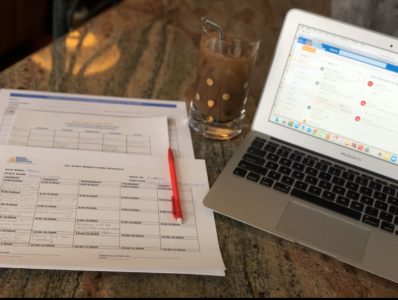
I was inspired by a family friend who was diagnosed with Apraxia of Speech around the same time that I was searching for a rewarding and fulfilling career. I had never heard of this disorder prior to his diagnosis, and yet, I learned so much about it so quickly because it hit so close to home. I felt so many emotions about his diagnosis, but I was amazed when I learned of all of the therapy and help that he was going to receive.
I decided to do research on the various therapy services, and speech-language pathology had caught my eye—not only because it was going to play an essential role in his life, but because these therapists have the ability to work with any population in a variety of settings. I saw endless possibilities to help people, so I knew this was a career I wanted to explore. Once I was accepted into the undergraduate Linguistics & Communication Disorders Program at Queens College, I never looked back.
What is your caseload composition like?
My caseload consists of preschool children ages 3-5 years old with Autism and various comorbid disorders. These children have a range of receptive and expressive speech and language deficits. A majority of the children receive a multitude of therapies including physical therapy, occupational therapy, speech and language therapy and counseling.
How did you get started with telepractice?
I learned about telepractice throughout my undergraduate and graduate studies, however, many of my professors taught us that it is a form of practice that is rarely used in the state of New York. Instead, the type of speech and language services that certified therapists offer are mostly based around a hands-on approach.
As a result, I only started with telepractice this past March due to the COVID-19 global pandemic. Quite honestly, I was unsure of how it was going to roll out and I questioned my ability to provide services in this format. While I was never formally trained in this approach, I chose to put my worries aside and remind myself why I came into this field; to help these children. I began with the mentality that the students, parents and clinicians, just like I, were all feeling the same emotions. In hindsight, telepractice has been more successful than I ever would have thought!
What has your experience with telepractice been like so far?
My experience with telepractice has been extremely rewarding to say the least. Not only have I experienced great progress with my students, but I have witnessed the dedication of parents who are so involved and willing to do anything to aid in the progression of their children.
In addition, I have had to become creative and flexible in my own ways, leading to self-growth as a clinician. There is truly nothing more fulfilling when the parent is on board, the child is progressing, and you dig deep in an effort to find new ways to help your students grow. It’s a recipe for success!
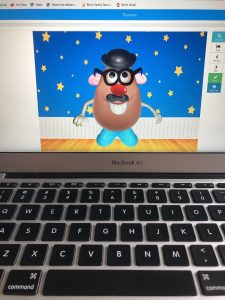
What are the advantages of this model of providing services?
As a clinician, you are in constant contact with the parent. Being in contact with a parent is a luxury as it is something that rarely happens when the child is getting services in the school setting. Here, the parent is able to witness the services, as well as receive one-on-one advice, tips, and strategies to implement at home.
The clinician can also use the home setting to determine what toys can be used as therapy materials so that the parent can exercise speech goals throughout the entire week. Furthermore, the clinician and parent have the opportunity to discuss their goals, as well as strategies that may or may not be working for the child. All of this hands-on contact helps fill in the gaps to help the child reach their goals.
Does telepractice feel drastically different from traditional tabletop therapy?
Telepractice does feel different, so I am trying to keep normalcy for my students by including familiar games, toys, and songs that we used during therapy at school. In the same token, I am incorporating new materials and platforms, such as “Boom Learning,” which has been a total game changer. The students seem to really love it. It consists of interactive decks of cards which target their speech goals. By being able to engage by clicking on the answers, it also helps them feel like they have some sense of control.
What are some of the challenges that you have experienced with telepractice?
One challenge that I have faced is not being able to be hands on when a student is having a meltdown. When these situations have occurred in school, I was typically able to quickly implement a solution to help the student regulate—whether it was taking a walk, giving them a sensory toy, etc.
As a clinician utilizing telepractice, I sometimes wish I could reach out to the student through the screen in order to help calm them and regulate them. Therefore, I have been working closely with the parents to provide suggestions, such as providing sensory input. We play sing-a-longs and I provide visuals so that the student is aware of the schedule that is occurring throughout the day. These measures can help prevent the meltdowns from occurring.
Do you have any tips on staying organized overall, and with measurable data, while providing services via telepractice?
Yes! The best tip I have is to give yourself at least one hour, before you begin providing services, to get organized. I use this time in the morning to plan and write out my schedule for the day, to e-mail and/or call parents to confirm appointments, and to make sure that I have my activities planned out.
In addition, I always create a word document relative to my scheduled students in chronological order. This allows me to write a quick note and/or jot down data before moving on to my next student. During extremely busy days, it is so easy to forget some of what you did by the end of the day! This is why it’s so imperative to list the essential points of the therapy to reference during report writing at the end of the day. I also recommend preparing your notes daily, or the workload will catch up to you by the end of the week.
Do you have any specific activities or programs that you find particularly effective in telepractice for targeting relevant goals for your students?
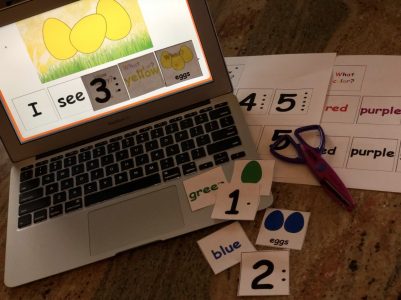
A specific program that I’ve had great success with is, “Boom Learning.” This website utilizes various decks of cards on the screen that allow students of all levels, from nonverbal to verbal, to engage in the therapy. These decks of cards also target all speech goals and provide the opportunity for students to learn a new skill, work on a skill they are trying to master, and reinforce a skill they are able to do independently. It also helps clinicians collect data in an organized and easy manner.
What would you tell other practitioners looking to make the transition to or gain experience with telepractice?
Take the opportunity if it comes your way! You may initially have feelings of uncertainty because it may be out of your comfort zone, but like anything else, you will quickly learn to navigate the system. You will also learn a lot more about yourself as a person and as a clinician—making you glad that you took a leap of faith.
